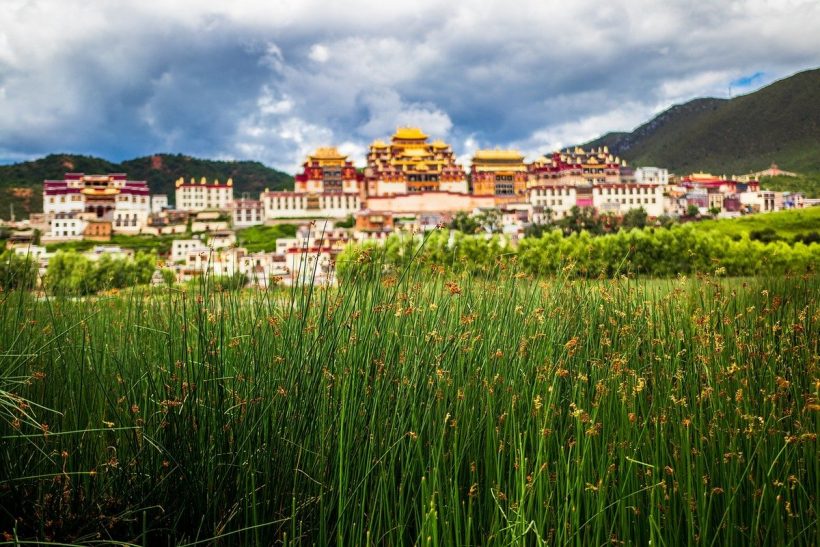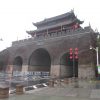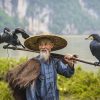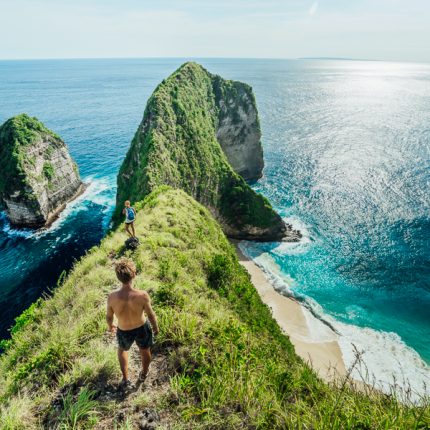Guilin (Standard Zhuang: Gveilinz; alternatively romanized as Kweilin) is a prefecture-level city in the northeast of China’s Guangxi Zhuang Autonomous Region. It is situated on the west bank of the Li River and borders Hunan to the north. Its name means “Forest of Sweet Osmanthus”, owing to the large number of fragrant sweet osmanthus trees located in the region. The city has long been renowned for its scenery of karst topography. Guilin is one of China’s most popular tourist destinations, and the epithet “By water, by mountains, most lovely, Guilin” (山水甲天下) is often associated with the city. The State Council of China has designated Guilin a National Famous Historical and Cultural City, doing so in the first edition of the list.
5天4晚 桂林 / 荔浦 / 阳朔 | Guilin / Lipu / Yangshuo
Day 01 : Arrive Kathmandu or Bangkok / Paro / Thimphu (L/D) | 抵达曼谷 或 加德满都 / 帕罗 / 廷布(午/晚餐)
The flight to Paro offers fascinating views of the eastern Himalayan range, including Mt. Everest. On arrival, proceed to Paro town for lunch. After lunch, drive to Capital City, Thimphu. Visit Tashichho Dzong (扎西确宗), is a Buddhist monastery and fortress on the northern edge of the city of Thimpu. It has traditionally been the seat of the Dharma Raja, the head of Bhutan’s civil government, an office which has been combined with the kingship since the creation of the monarchy in 1907, and summer capital of the country. After dinner, transfer back to hotel in Thimphu.
Day 02 : Thimphu / Paro (B/L/D) |廷布 / 帕罗(早/午/晚餐)
After breakfast, visit Buddha Point Kuensel Phodrang (露天释迦牟尼佛像). You can pay your obeisance and offer prayers to the Buddha, the largest statue in the country and then walk around and take a glimpse of the valley. After that, visit the Motithang Takin Preserve Mini Zoo (塔金动物园) where you can see the national animal – Takin research centre where these odd animals graze peacefully in a small protected park. Continue to visit National Memorial Chorten (国家纪念碑), a stupa conceptualized by the Third King to ward off negative influences. It was later built in his memory by the present King and the Queen Mother. Then, visit National Post Office (不丹国家邮政局) where you can spend only USD 7, to have your own photo for a set of stamps. Continue to visit National School of Traditional Arts (国家传统艺术学院), where young monks learn the art of Buddhist Thangkha Painting; the workshops for mask making and fine metal craft, weaving, ceramics and paper. After lunch, transfer back to Paro. Upon arrival, visit Paro Town (帕罗市集) for souvenir. After dinner, transfer back to hotel in Paro.
**National School of Traditional Arts temporarily closed during the winter period of 15 Dec – 15 Feb **
**(国家传统艺术学院会在周末或假期而且没预先通知的情况之下关门,我们将会以不丹民族风情家替代)**
Day 03 : Paro (B/L/D) |帕罗(早/午/晚餐)
After breakfast, visit Taktsang (虎穴寺), also known as Tiger’s Nest, a prominent Himalayan Buddhist sacred site and temple complex, located in the cliffside of the upper Paro valley. The hikes up to the view point – monastery will take about 3 hours and from there you will enjoy a spectacular view of the monastery clinging to the side of the cliff. (Pony ride can be arranged, can consult with guide for this service, around USD25/pax *Optional*). After that, visit one of the oldest landmarks in Bhutan, the 7th century Kyichu Lhakhang (克楚寺) was one of the 108 temples built in the Himalayas by Tibetan King, Songtsen Gembo. It is revered as one of the most holy shrines in Bhutan and embodies the arrival of Buddhism here. Then, visit Paro Dzong Rinpung Dzong (帕罗宗) also known as “fortress of the heap of jewels’ which is the seat of the district administration and the residence of the monastic school. The dzong is famous for its wall murals depicting Buddhist parables, symbols and the lives of prominent saints. After dinner, transfer back to hotel in Paro.
Day 04 : Paro / Kathmandu or Bangkok (B) | 帕罗 / 加德满都 或 曼谷(早餐)
After breakfast, free at leisure until time to transfer to airport.


















Reviews
There are no reviews yet.